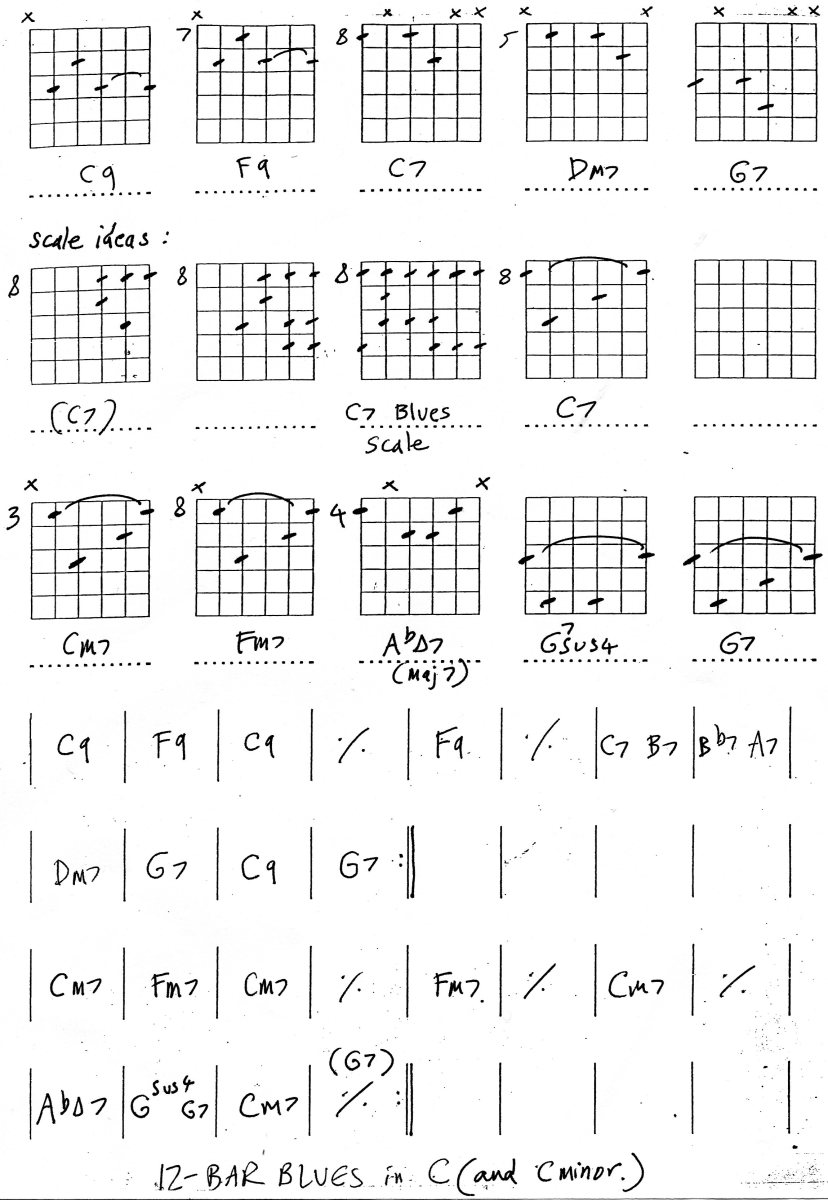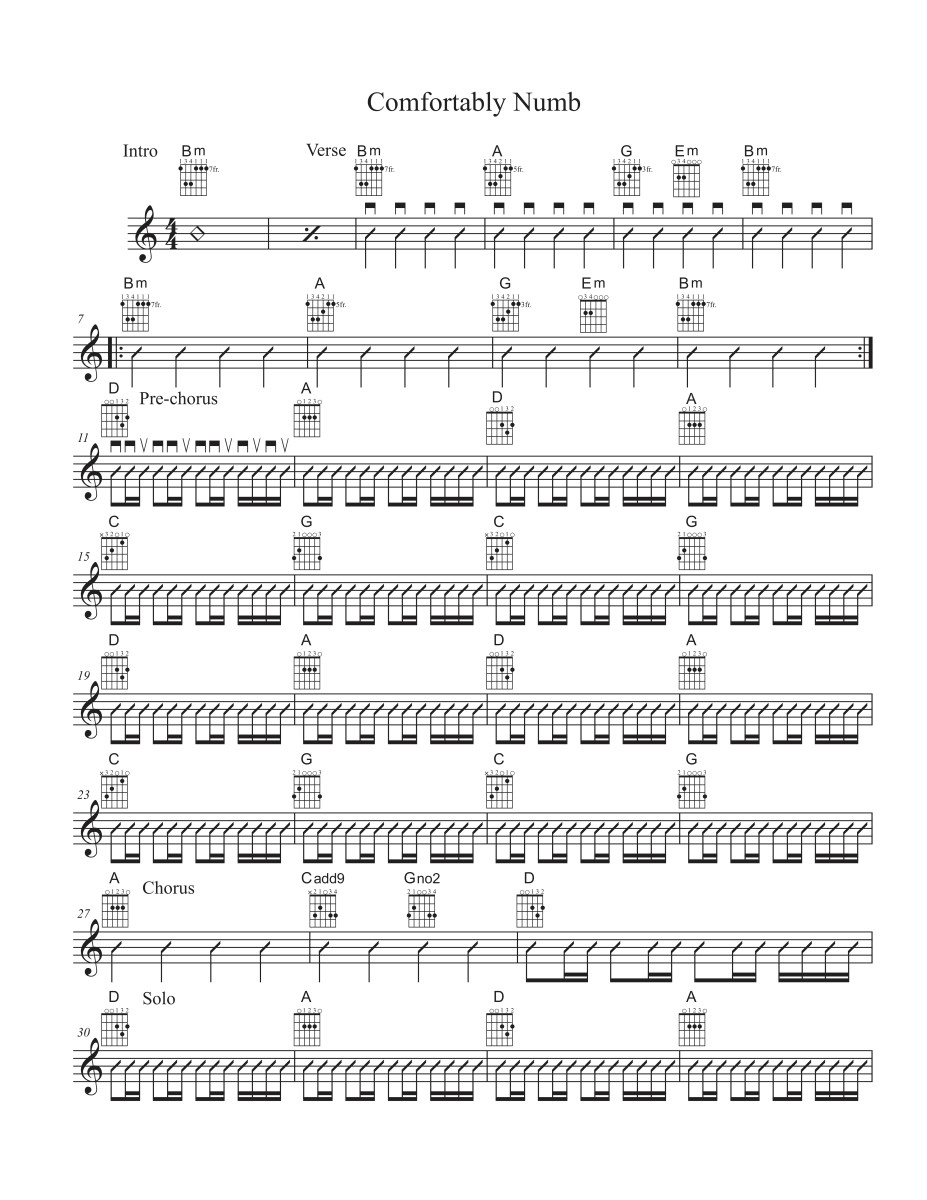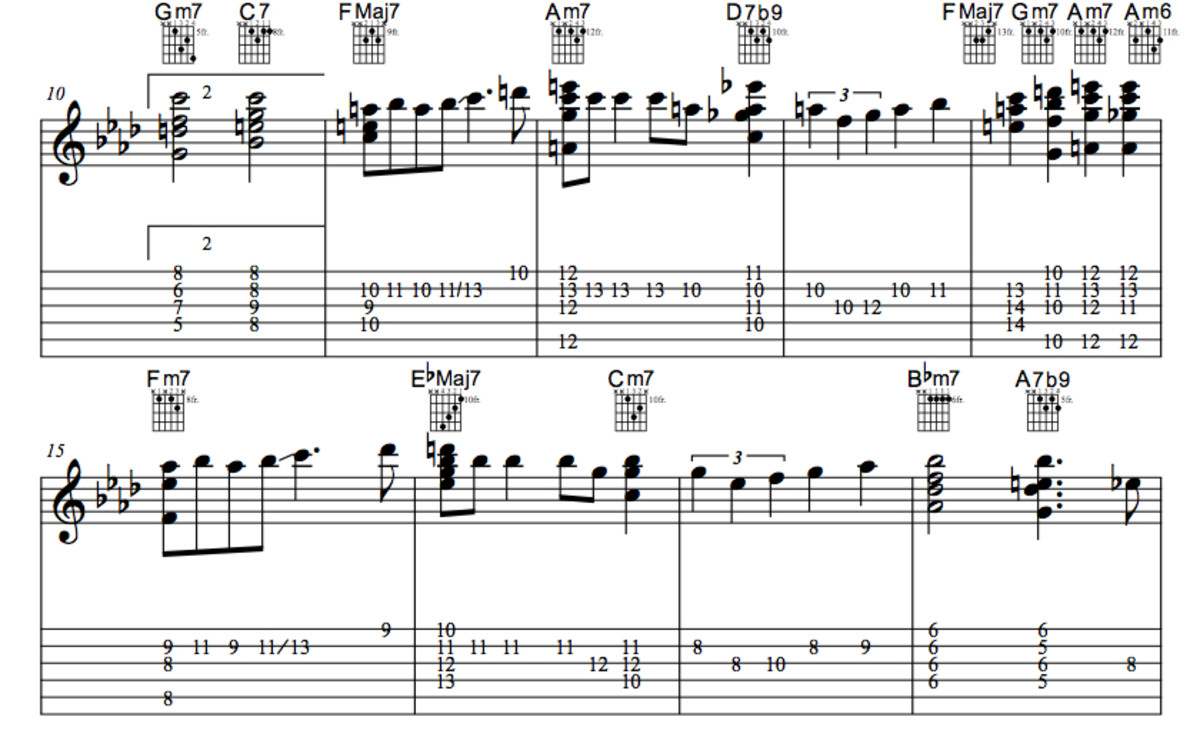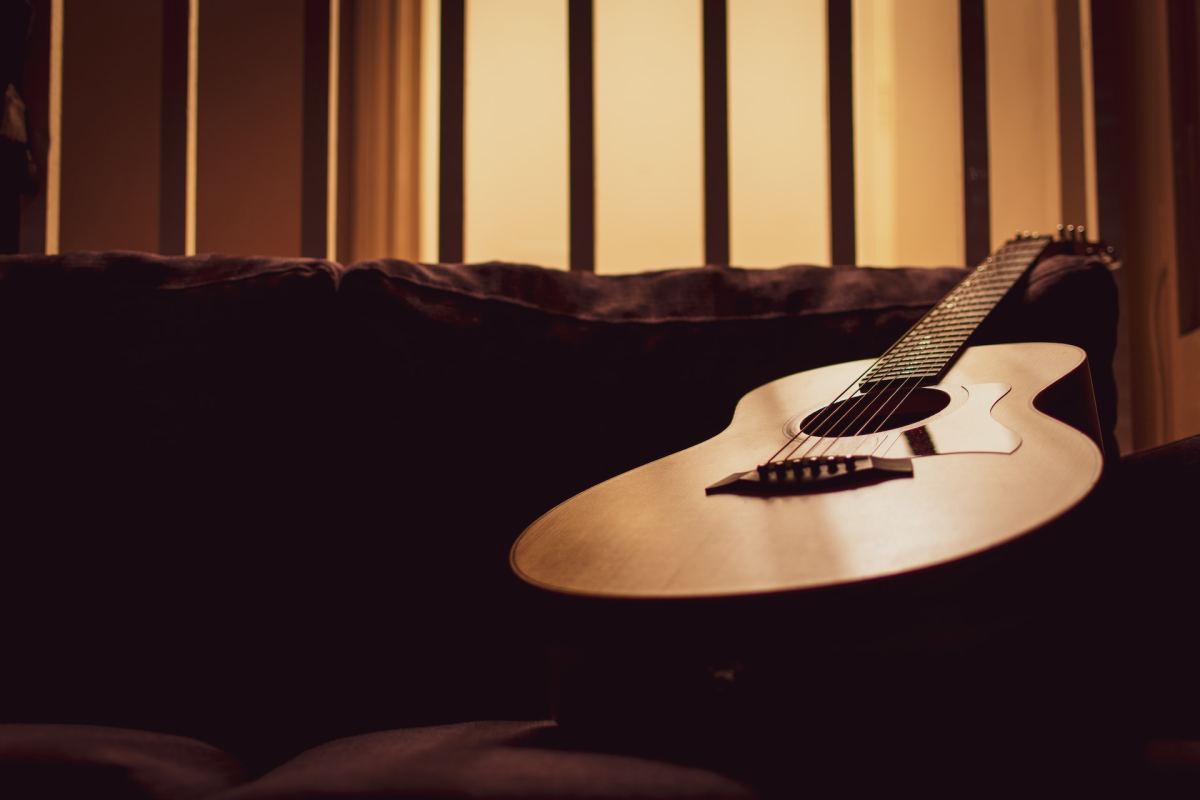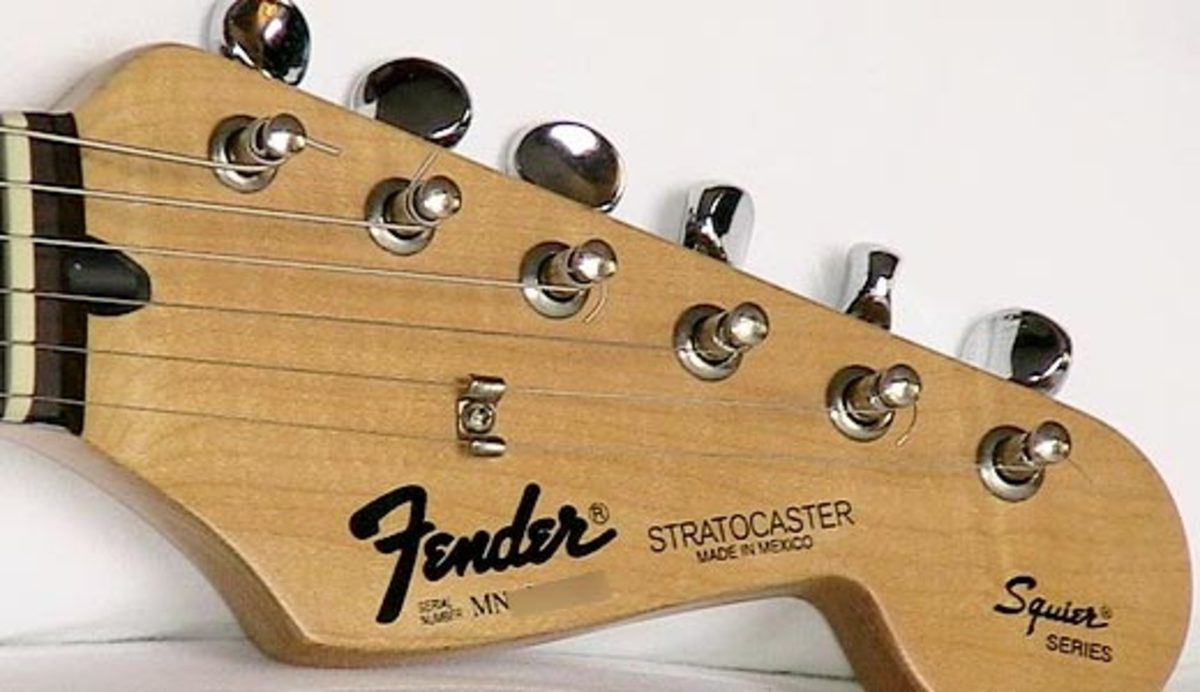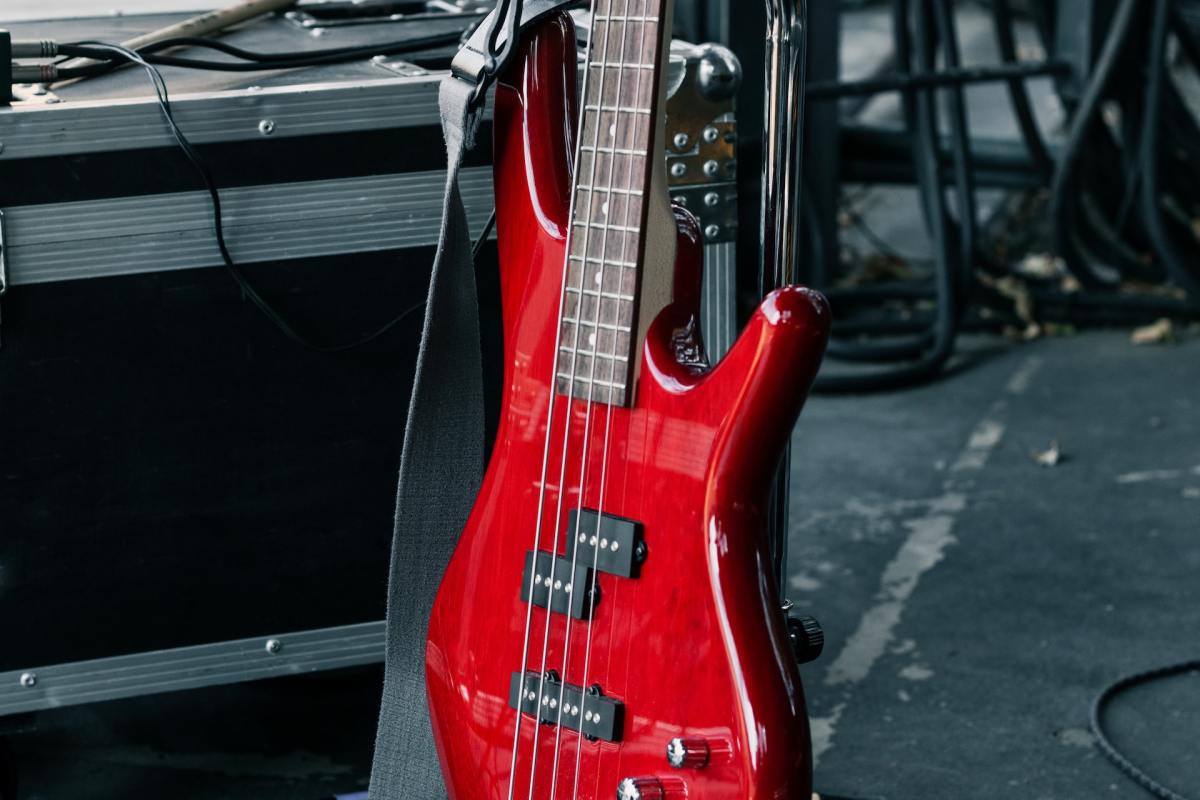Guitar Lesson, Playing Songs and Barre Chords
Guitar Chords and theory
With guitar playing, a little theory goes a long way - and if you understand the concept of keys it will enable you to save lots of time and effort when learning guitar songs. All this theory works for all other instruments too, and can be applied equally well to keyboard or piano.
Here's an analogy that might be helpful, as people can get confused by both intervals and letters, especially when there are sharps and flats involved.
- Let's assume that a song is in the key of x.
- The major scale of x has 8 notes, though only 7 different notes, as notes 1 and 8 are the same.
- If you build a chord on each of these notes, you get a set of 7 chords unique to this key, even though some of them will overlap with other different keys. Called a harmonised scale.
- This scale and these chords can be used together to make a song with chords and a melody line. It will be in the key of x.
- In the chord sequence, the intervals between the chords are always the same, and follow the same pattern as the major scale TTSTTTS (Tone and Semitone, 2 frets or 1 fret respectively)
- Chords I, IV and V (1, 4, 5) are Major
- Chords ii iii and vi are minor
- Chord 7 is m7b5
- Chord 8 is the same as chord 1.
- Chord vi is called the relative minor, useful because it tells you where the pentatonic scale is going to be.
Guitar Chords, grouped by key
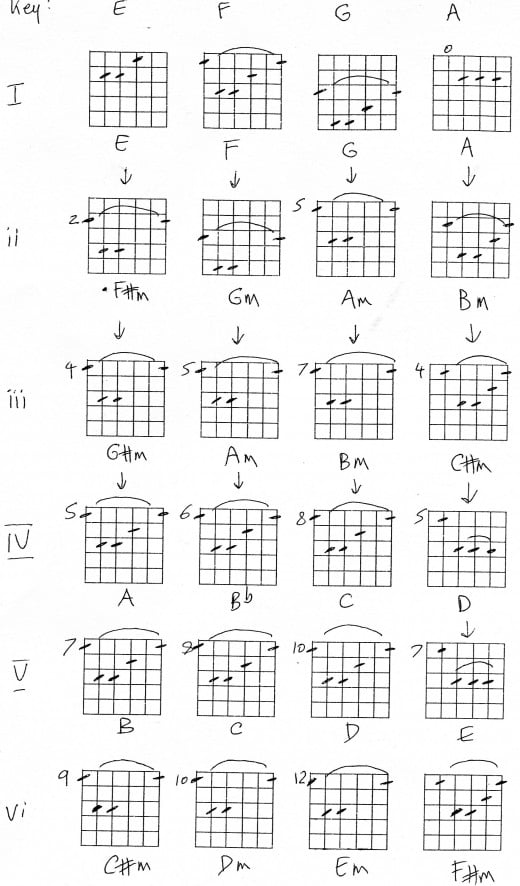
Guitar chord examples
For these diagrams, the strings are the vertical 6 lines, the frets are the horizontal lines. Barre chords are shown with the loop symbol.
First column is the chords in the key of E, up to chord vi, to keep things simple.
Second column shows the same pattern but one fret higher, as E to F is one fret.
Third column shows the chords in G, up another 2 frets, but the same pattern throughout.
Fourth column applies the same pattern to the key of A - but now the root notes are on string 5, not string 6 as before.
Note that for all the chord sequences, the major and minor chords occur in the same order, with the same fret distances between them. So this is like a template that can be moved up and down the neck, and even across the neck to different string groups. If you want to write a song in the key of E, just use any of the chords in column1.
Last Chord
The F sharp minor chord starts in fret 9!
Also, you don't have to play all of these chords as barre chords - it's just easier to see the pattern when you use them. See the hub: Barre chords and how to avoid them.
You can use your thumb over the neck to fret the lowest note in the chord, often sounds clearer and is also much easier.
Barre chords a problem?
If you find barre chords difficult you could replace many of these chords with a first position, cowboy chord. Just try to understand the concept of moving a template up the neck for all the different keys, even if you can't actually play the chords yet.



